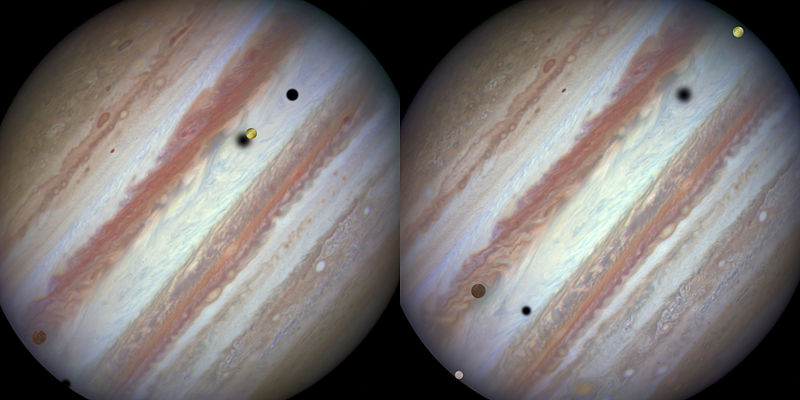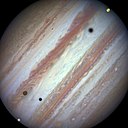
Size of this preview: 800 × 400 pixels. Other resolutions: 320 × 160 pixels | 640 × 320 pixels | 1,024 × 512 pixels | 2,000 × 1,000 pixels.
Original file (2,000 × 1,000 pixels, file size: 1.02 MB, MIME type: image/jpeg)
File history
Click on a date/time to view the file as it appeared at that time.
| Date/Time | Thumbnail | Dimensions | User | Comment | |
|---|---|---|---|---|---|
| current | 23:00, 7 February 2015 |  | 2,000 × 1,000 (1.02 MB) | WolfmanSF | User created page with UploadWizard |
File usage
The following page uses this file:
Global file usage
The following other wikis use this file:
- Usage on bn.wiki.x.io
- Usage on de.wiki.x.io
- Usage on fr.wiki.x.io
- Usage on hr.wiki.x.io
- Usage on hy.wiki.x.io
- Usage on it.wiki.x.io
- Usage on mk.wiki.x.io
- Usage on ms.wiki.x.io
- Usage on pt.wiki.x.io
- Usage on ru.wiki.x.io
- Usage on vi.wiki.x.io
- Usage on www.wikidata.org
- Usage on zh-yue.wiki.x.io
- Usage on zh.wiki.x.io


